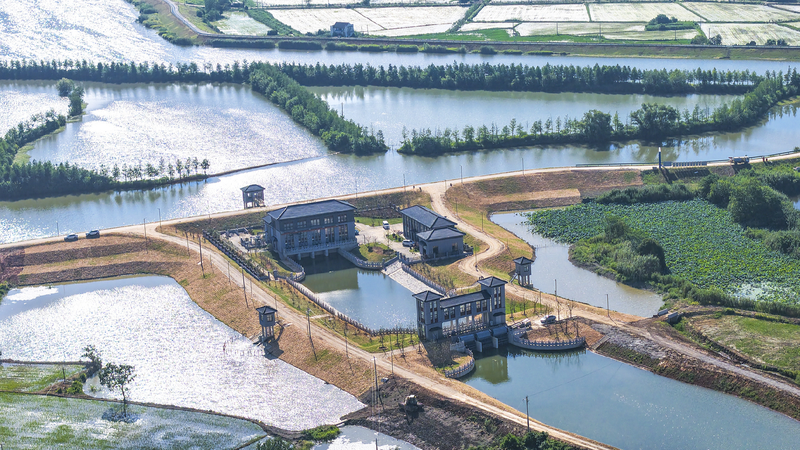Oyster Fossils Unlock Secrets of Ancient Climate 🌊🐚
Did you know that oysters aren’t just delicious seafood? They are also like tiny time machines that can tell us about Earth’s ancient past! 🕰️🌍
Just like the rings of a tree show how old it is and what the weather was like each year, the shells of oysters have growth bands that reveal their age and the climate when they lived. These growth bands are like a diary, showing when it was warm or cold. Isn’t that cool? 😃
Scientists from the Chinese mainland, Germany, Britain, and Madagascar studied oyster fossils that are about 140 million years old! That’s when dinosaurs roamed the Earth! 🦕🦖 They found these fossils in Madagascar and the Qinghai-Xizang Plateau.
By looking closely at the oyster shells and using special tools to analyze them, the scientists discovered that back then, the climate wasn’t just steadily warm. Instead, there were big changes between seasons, just like we have summer and winter today. Sometimes, it was warm, and sometimes, it was cooler, and there were even times when polar ice sheets and glaciers melted and reformed! ❄️☀️
This was surprising because many people thought that during that ancient time, the climate was always warm with little change. But these oyster shells showed that even in a greenhouse-like climate, there were still seasons and ice at the poles.
Why is this important? Understanding how Earth’s climate changed in the past helps us learn about climate change today. It shows us that global warming doesn’t just mean everything gets hotter all the time. Instead, it can lead to more extreme weather and unexpected changes. 🌪️🌧️
The scientists think that back then, volcanoes and changes in Earth’s orbit around the sun might have caused these climate shifts.
So next time you see an oyster shell, remember that it might hold secrets from millions of years ago! 🐚🔍 Science is like solving a giant puzzle, and who knows – maybe one day you’ll help discover more about our amazing planet! 🌟
Reference(s):
Oyster fossils offer new insights into history of global warming
cgtn.com




